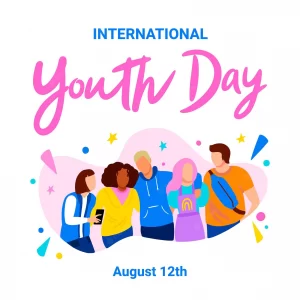Pretexts and excuses – we must admit that such claims are often used in many situations nowadays !
It would seem that our 21st century is quite similar to the 1st century where we meet Jesus and the people surrounding him.
 The gospel text of this Sunday (Luke 13:22-30) shows us people trying to make themselves acceptable.
The gospel text of this Sunday (Luke 13:22-30) shows us people trying to make themselves acceptable.
They justify themselves in what appears to be convincing words:
“We once ate and drank in your company;
you taught in our streets.”
In the eyes of God (represented by the master of the house) this is not sufficient.
Such justification is not a valid representation of a true relationship.
This is what God expects of us: a life lived in a genuine relationship with him.
External conformity to traditions, faithfulness to rituals, observance of certain religious prescriptions –
these may have some merit, but they are not the essential.
They may obtain the response:

I do not know where you come from…”
The essential, for God, lies deeper, much deeper.
It is found in a personal relationship with God our Father, our Brother, our Counsellor.
A relationship lived from day to day, walking in the steps of Christ, under the guidance of his Spirit.
From day to day, step by step…
until the day when we will, indeed, share in the feast he has prepared for us:
“the feast in the kingdom of God.”
Note: Another reflection is available on a different theme in French at: https://image-i-nations.com/21e-dimanche-de-lannee-c-2022/
Source: Images: SlidePlayer Scripture Images

 “The Lord inclined to me, and heard my cry…
“The Lord inclined to me, and heard my cry…






 THEME 2022: “Use and abuse of technology”
THEME 2022: “Use and abuse of technology” 
 A very rich and clever man had gathered a large
A very rich and clever man had gathered a large  fortune. He had managed to get all the things he wanted. After some time, he realized he had everything, except happiness.
fortune. He had managed to get all the things he wanted. After some time, he realized he had everything, except happiness.
 gathered for a single religious event (with 5 million attendees)— a record surpassed when 6 million attended a Mass celebrated by Pope Francis in the Philippines 20 years later in 2015.
gathered for a single religious event (with 5 million attendees)— a record surpassed when 6 million attended a Mass celebrated by Pope Francis in the Philippines 20 years later in 2015.